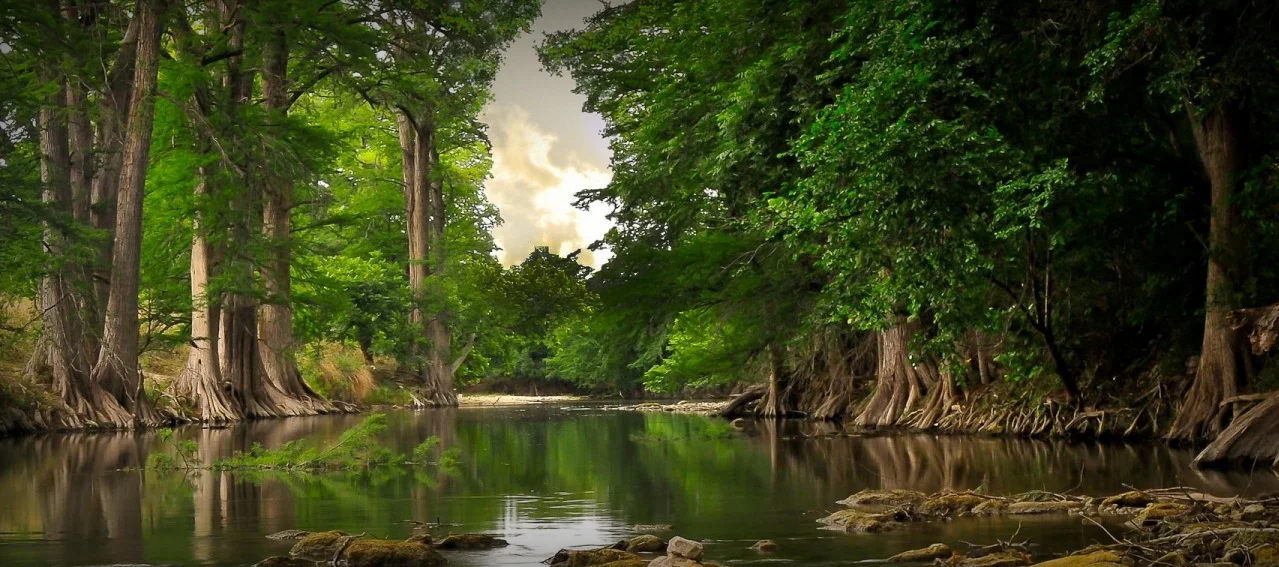Just as laying down fertilizer and providing protection from pests and trunk damage is important to the overall health of your trees, just as important is ensuring that your tree’s critical root zone CRZ) is also well protected. The CRZ, or tree protection zone, is often defined as an imaginary circle on the ground surrounding a tree that corresponds with the tree’s dripline. The dripline of a tree is the point where the greatest extent of the tree’s branches end, meaning that where the branches on the top of the tree end, so do the unseen roots underground. The dripline may be expanded for taller, narrow-crowned trees, so attention to such details is important when considering tree care and maintenance.
How To Find the CRZ
The easiest way to determine your tree’s critical root zone is by calculating a circle on the ground around the tree. Using a simple formula, you can accurately calculate the CRZ around the tree. To begin with, take a measurement of the tree’s diameter at 4.5ft above the ground. The diameter can be calculated by measuring the circumference of the tree with a tape measure, and then dividing the total by the numerical value pi (3.14). For example, a circumference of 36 inches would come out roughly to about a 12inch diameter.
Once you know the diameter of the tree, calculating the critical root zone is incredibly simple. All you have to do is calculate a circle around the tree that has a radius equivalent to 1.5ft for every inch of the trunk diameter. In the last example, for instance, the diameter of the tree came out to about 12inches. In order to calculate the critical root zone, take that number (12) and multiply it by 1.5. In this case, you end up with a CRZ of 18 feet.
How Vertically Mulch the CRZ
One way to make sure that your tree is receiving all of the nourishment it needs from its roots and soil is by vertically laying down mulch in the CRZ. Vertical mulching is crucial to the life of a tree because it alleviates soil compaction around the CRZ, allowing for proper aeration and hydration of the soil. Vertical mulching also helps protect a tree from damage on account of excessive water; it preserves aeration during wet periods, promotes formation of feeder roots, and allows for sub-soil water penetration in dry periods.
In order to vertically mulch the CRZ around your tree(s), drill 2” wide, 18" deep holes in the soil on 12-20" centers around the affected tree. Being about 8 feet from the trunk and work your way out towards the drip line of the branches, aka the edge of the CRZ. You should eventually have a grid of holes out towards the edge of the CRZ to properly mulch the tree. Once this has been done, fill the holes with a mixture of sand, pea gravel, or compost with either the former or the latter. In order to optimize your results, spread some form of quality mulch over the entire surface area of the CRZ.

